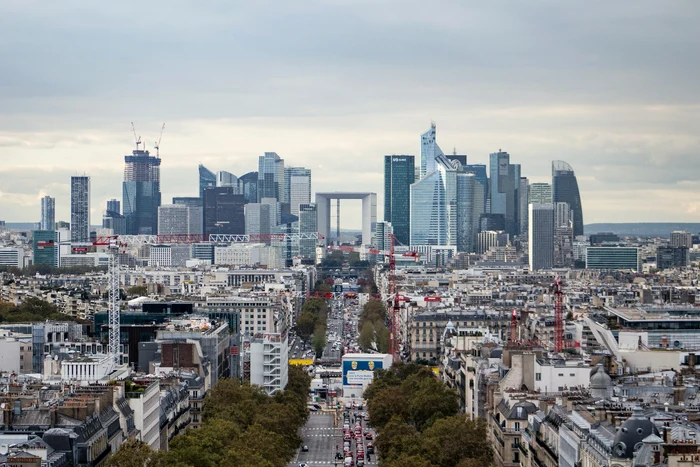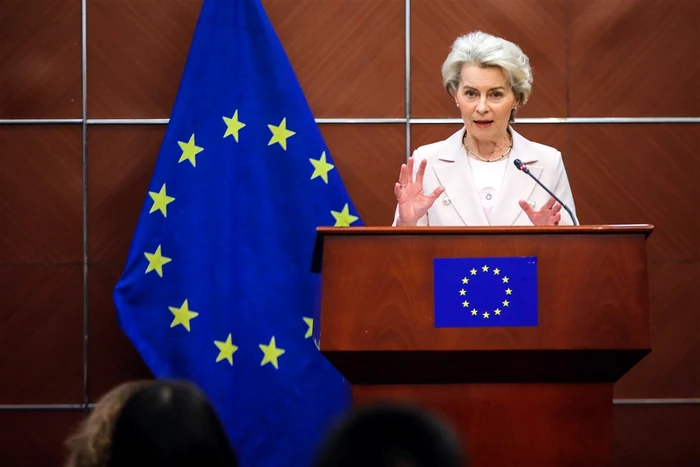
Paris’ Green Plan: Parking Spaces Replaced with Trees
Paris is planning to combat climate change and extreme heat by implementing a new climate plan. This plan involves various measures, including reducing speed limits, redesigning traffic lanes, and most notably, eliminating 60,000 parking spaces to create more green spaces. The plan, titled “Faster, Fairer, More Local,” aims to transform Paris into a greener, more pedestrian-friendly city, better equipped to handle extreme weather conditions.
Climate Plan 2024-2030: A Greener Paris
The Climate Plan 2024-2030, set to be voted on by the Paris Council, promises to create 300 hectares of new green spaces by 2030. A significant part of this plan involves replacing many parking spaces with trees, which will not only create more green spaces but also help absorb rainwater. These changes are part of the city’s efforts to reduce carbon emissions, particularly in the last decade under Mayor Anne Hidalgo’s leadership.
Creating Urban “Oases”
The plan also involves creating “oasis squares” in each of Paris’ 20 arrondissements. These green spaces will feature trees and shading structures such as gazebos, offering residents protection from the sun and helping to lower surrounding temperatures. This initiative is part of the city’s strategy to manage extreme heat, a growing concern due to the city’s strong “urban heat island” effect.
Addressing Rising Summer Temperatures
The Climate Plan also includes other measures to address rising summer temperatures. These include establishing more neighborhood-level cooling centers and adjusting daily schedules for outdoor workers to prevent heat stress. Additionally, the plan commits to installing insulated or reflective roofs on 1,000 public buildings.
Reducing Car Traffic
Under Mayor Hidalgo’s leadership, Paris has been proactive in reducing car traffic. The city plans to continue pedestrianization at an accelerated pace and create car-free zones in the center of each arrondissement. It will also designate a lane exclusively for public transport vehicles and carpooling on the Boulevard Périphérique, Paris’ famous inner ring road. Furthermore, the city will reduce speed limits on remaining open lanes to 50 kilometers per hour.
These plans aim to build on the success of previous projects that have transformed large squares and intersections into green and pedestrian spaces, reversing the car dominance of the 20th century and restoring these areas as open-air “salons”.






